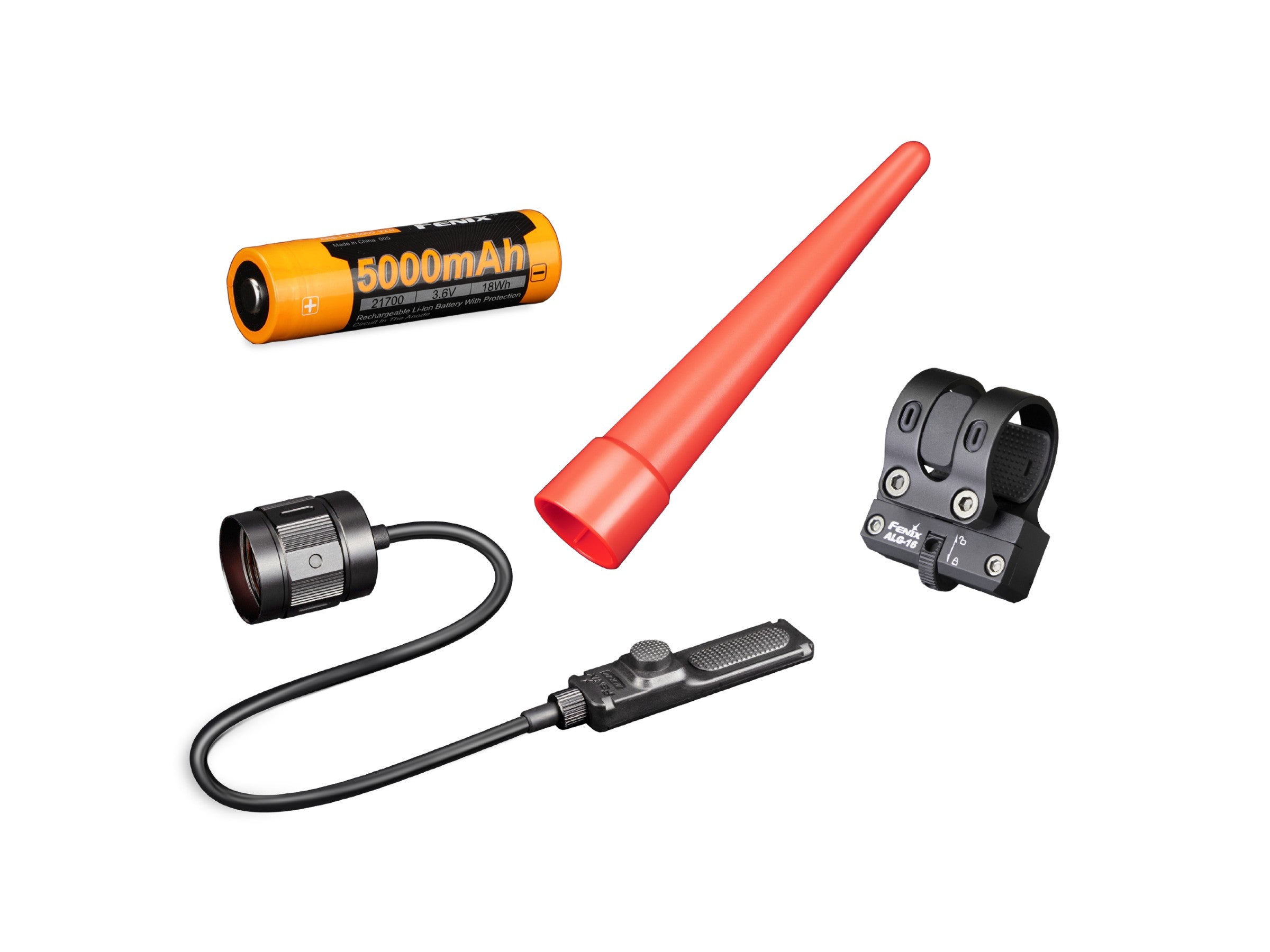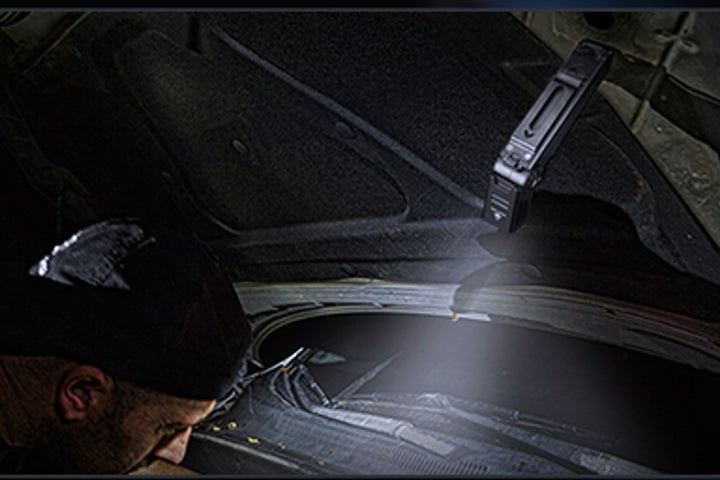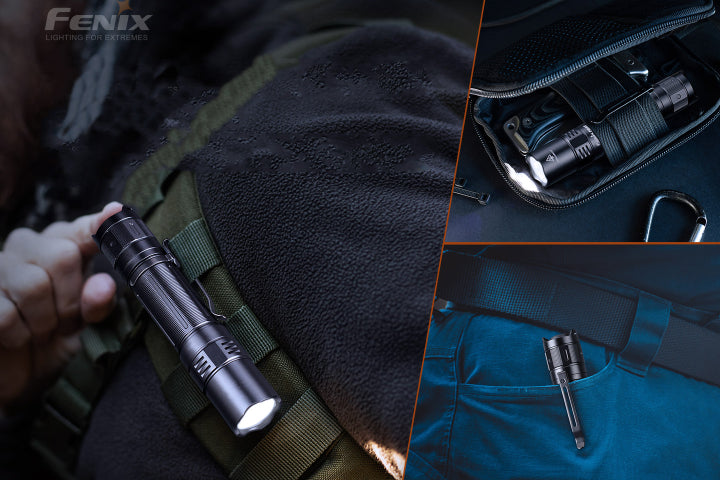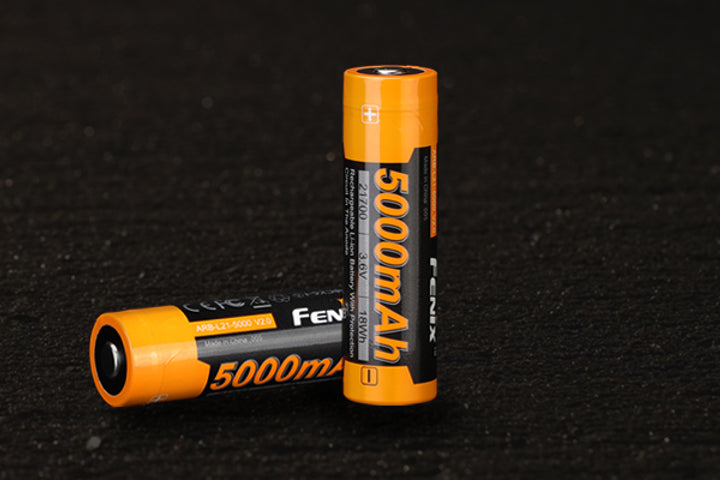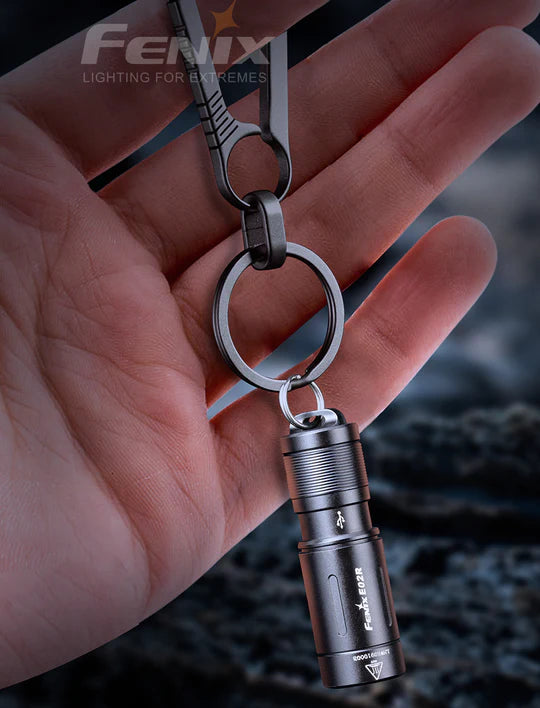
The term “battery” has been used since 1749, but the true battery wasn’t invented until the 1800s. The person behind the invention was an Italian physicist named Alessandro Volta. He piled up copper and zinc discs and separated them with cloths soaked with salty water to make a battery. Of course, that’s a fairly simplified version of events.
Today, there are different iterations of Volta’s invention. Some are the same size as the first one, like in cars. Others are significantly smaller, like the 18650 batteries found in most flashlights. And it’s those 18650 batteries we’ll be focusing on today.
6 Facts about 18650 Batteries
Flashlight batteries like the 18650 help us illuminate our lives. Here are some points about the 18650 battery you need to know before using one:
Protected vs. Unprotected
The 18650 rechargeable batteries are either protected or unprotected. You can usually tell the difference based on their names since protected batteries will typically have the word “protected” on them or on the packaging. So what’s the difference between protected and unprotected batteries?
Protected 18650 batteries have an electronic circuit small enough to fit in their cell packaging. The circuit acts as a protective mechanism against dangers like short-circuiting or overcharge. Protected batteries also have a low percentage of igniting or causing any damage to your flashlight.
On the other hand, unprotected ones don’t have integrated electronic circuits and are much cheaper. The absence of it allows the batteries to have more current capability and capacity. However, it makes unprotected 18650 batteries prone to overheating and short-circuiting.
Flat Top vs. Button Top
The “flat top - button top” debate isn’t much of a debate but rather a necessity. To give you a brief rundown, the two describe the one end of the battery, specifically the positive contact. Flat top batteries, as the name implies, have flat positive contact. In comparison, the button top ones have a protrusion on them.
When looking for 18650 flashlight batteries, always consult the manual on what design you need. Remember that those flat-top batteries will not work on flashlights that need button-top ones.
Charging
It would be best not to overcharge flashlight batteries like the 18650. Although they’re tough and can be recharged hundreds of times, it’s best not to leave your battery in the charger. Moreover, charging time depends on the battery’s capacity. If it has a higher mAH, then it will have a longer time to recharge.
Also, look into the kind of charger you’ll be using like a multi-bay charger with four slots. Charging four batteries will have a longer charging time as it will distribute the amperage evenly.
Discharge Rate and Capacity
The max discharge rate of an 18650 battery revolves around the lumens it needs to produce. The discharge rate is specified on the wrapper of the battery or the packaging. If it’s not specified, it often will have between 4 to 5A max discharge rate.
The battery’s capacity, indicated as mAh, is also indicated on the packaging or its wrapper. This is an important specification if you want a longer runtime with your flashlight. The bigger the mAh is, the longer you’ll have a functional flashlight.
Expiration
Flashlight batteries, even the rechargeable ones, have an end date. Unlike food, manufacturers don’t put the expiration dates on the packaging. It’s your duty to know if it’s dying or not. Some of the tell-tale signs are the following:
- Recharging time takes unusually long
- You have used it for at least two years
- If you can see cracks or it’s swollen
- If it gets hot when charging
Battery Innovations
Rechargeable batteries have come a long way, and there are still innovations being made. Here are some of the current and release development with 18650 batteries:
- Built-in charging – this innovation is different from the built-in charger that comes with the flashlight. Some manufacturers have put a micro-USB or USB type-C port directly on the positive end of the battery.
- Temperature control – it is a fact that 18650 batteries do not perform well in low temperatures. However, some companies have modified the battery to withstand -40°F.
18650 vs. AA Batteries
The 18650 battery is not the only battery out there. There are a lot of stores such as Fenix Store that have a variety of batteries. With the abundance of batteries, rivalries arose, specifically between 18650 and AA. But what sets one apart from another? So, let’s take a closer inspection and compare them.
18650 batteries got their name from the first four numbers. The numbers depict the standard size of the battery, which is 18mm by 6mm long. AA batteries are 14mm x 50mm making them shorter and more portable. With its small size, AA batteries only have a capacity between 2000 to 3000mAH and only produce 1.5V. It would take more AA batteries to cover the power that a single 18650 battery has.
With the information above, you can see the definite winner. However, you should always remember that the best battery is the one indicated in your flashlight manuel. You can’t use an AA battery for a flashlight made to house an 18650.
How to Spot a Fake One?
People like to create knockoffs of items, and the 18650 battery is no exception. Some fraudsters also try to pass used and abused batteries as new ones. Here are some clues when spotting fake 18650 rechargeable batteries:
- Wrapper – you can easily spot a counterfeit from the real one by looking at its exterior. Authentic 18650 batteries have a darker wrapper than those fake ones.
- Visual defects – check if the batteries have noticeable flaws. You can look at each end if there are a lot of scratches. It would be best to look for burn marks and rust spots, which indicate tampering or old batteries.
- Price – be wary of batteries that are being sold at low prices. Scammers will try to pass the low prices as discounts for quick cash.
- Size and Weight – most companies put their product’s specifications online or on the packaging. Some fraudsters can also copy the size and weight of the batteries, so it’s very hard to catch. If you’re a very nitpicky person, then you can weigh and measure the batteries.
Moreover, always check if the store you’re buying from is a legitimate business. Only buy from legitimate stores and websites and find batteries with good reviews like the Fenix ARBL18.
Final Thoughts
The 18650 battery is a great technological feat. Whether you use it on a flashlight or any appliance, this battery is one of the best. All in all, make sure to keep in mind the useful information to know your flashlight battery better.





